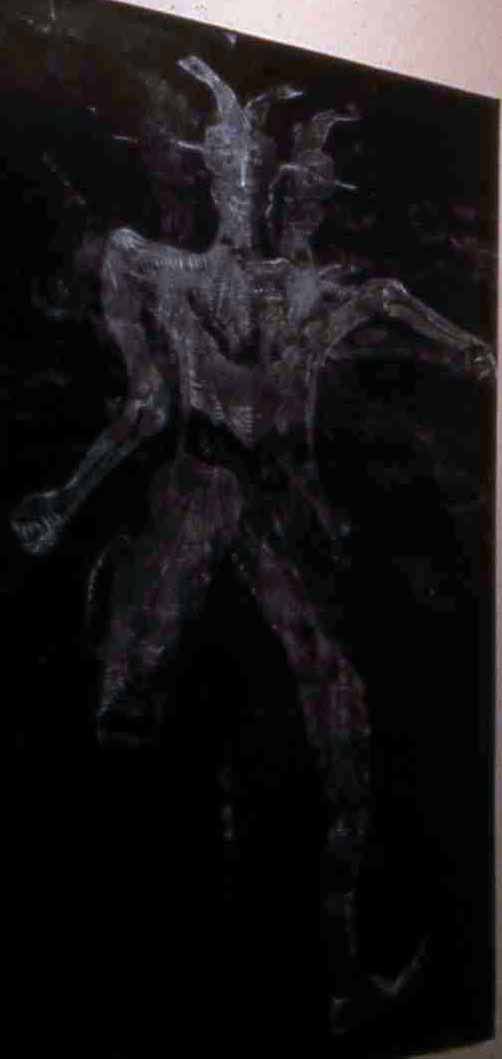Tabwa Masks and Drawings: Matthew Monahan
Past exhibition
Overview
Installation Views
Works
-
 Matthew MonahanVictor, 1997
Matthew MonahanVictor, 1997 -
 Matthew MonahanFever Lips, 1997
Matthew MonahanFever Lips, 1997 -
 Matthew MonahanTom, 1997
Matthew MonahanTom, 1997 -
 Matthew MonahanXL, 1997
Matthew MonahanXL, 1997
-
 Matthew MonahanE-Face, 1997
Matthew MonahanE-Face, 1997 -
 Matthew MonahanUntitled (Red Face), 1997
Matthew MonahanUntitled (Red Face), 1997 -
 Matthew MonahanGogh Girl, 1997
Matthew MonahanGogh Girl, 1997 -
 Matthew MonahanUntitled, 1997
Matthew MonahanUntitled, 1997
-
 Matthew MonahanUntitled, 1997
Matthew MonahanUntitled, 1997 -
 Matthew MonahanUntitled, 1997
Matthew MonahanUntitled, 1997 -
 Matthew MonahanUntitled, 1997
Matthew MonahanUntitled, 1997 -
 Matthew MonahanUntitled, 1997
Matthew MonahanUntitled, 1997
-
 TabwaBeaded Face Mask Zaire-Zambia border-area; Lake Tanganyika
TabwaBeaded Face Mask Zaire-Zambia border-area; Lake Tanganyika -
 TabwaBeaded Face Mask Zaire-Zambia border-area; Lake Tanganyika
TabwaBeaded Face Mask Zaire-Zambia border-area; Lake Tanganyika -
 TabwaBeaded Face MaskZaire-Zambia border-area; Lake Tanganyika
TabwaBeaded Face MaskZaire-Zambia border-area; Lake Tanganyika -
 TabwaBeaded Face MaskZaire-Zambia border-area; Lake Tanganyika
TabwaBeaded Face MaskZaire-Zambia border-area; Lake Tanganyika





























